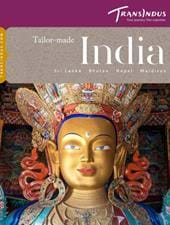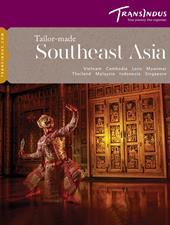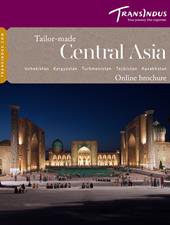The Taj Mahal is deservedly India’s principal visitor attraction, but hardly any of the millions who pour through its gates each day explore the city nearby. Yet Agra, the former capital of Mughal India, is rich in forgotten monuments and traditional bazaars dating from in the 16th and 17th centuries.
Agra’s beautiful Jama Masjid mosque stands amid a chaos of railway lines, overbridges and ramshackle markets in the heart of the old city. Foreign visitors are a rarity, yet the building numbers among the most elegant and exotic in the country. It was commissioned by the rich and talented daughter of Mughal Emperor Shah Jehan, Jahanara Begum. After the death of her mother (Mumtaz, now interred in the Taj), Jahanara took on the role of First Lady, amassing a fortune from trade and land holdings, which she lavished on several extraordinary religious complexes such as this. The mosque’s exterior surfaces are rich in detail, with complex calligraphy and geometric designs of marble-inlaid sandstone.
More splendid still is the tomb of Mughal Emperor Akbar, on the northern outskirts of the city at Sikandra. Enclosed inside 119 hectares of leafy, green, walled parkland is a four-tiered pyramid built of red sandstone and white marble inlay. The standout features here, though, are the main gateway, with its four white marble minarets, and the Persian-style decoration adorning the ceilings of the main tomb’s entrance halls. Outside, langur monkeys and black-buck antelope roam wild in the gardens – like scenes from a Mughal miniature painting.








